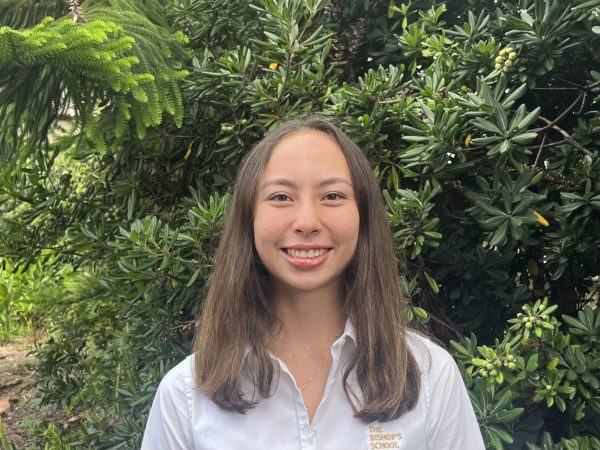“If you are ever in a position where, for whatever reason, you are unable to get a safe ride home, please know that you can call 858-444-4444 to have a taxi drive you home for free with no questions asked,” reads Director of Counseling Ms. Megan Broderick’s annual email to the upper school. Despite the reminder at the beginning of every year, the Safe Rides service that Bishop’s offers is not widely talked about. So I decided to try it out and report back.
One Friday evening in La Jolla Village Square, I called the number from Ms. Broderick’s email. An automated voice picked up and asked if it was my first time calling RideYellow, and requested my name and location. The voice asked if I wanted a ride now, or if I wanted to schedule it for a future time. I spelled out my information and waited.
A few minutes later, I received a call from a number ending in 222-2222. I picked up, and my driver confirmed the address of my destination — which was my house — and said he would be there in 15 minutes. I waited 15 minutes, then 30, then 45, at which point I had to cancel my ride and call one of my parents to pick me up instead.
The next time I tried using the service, at around 6 p.m. on a weekday in Pacific Beach, it went more smoothly. Again, I received the confirmation call and I was told to wait 15 minutes. This time, after around 20 minutes, a yellow taxi pulled up, and I got in. I presented the driver with my Bishop’s ID first off, but he did not recognize it and made me pay for the ride. While on the drive, he was able to call his dispatcher, who eventually found the Bishop’s account, and I was paid back. My driver let me know that next time, I should have the Bishop’s account number (20071) ready.
I figured there were multiple reasons why the waiting time was so much longer one time than the next. The first time was a Friday night, when the service was probably the busiest. Both drivers had also specified that they were coming from downtown, and Pacific Beach is closer than La Jolla Village Square, my location on the first night.
What surprised me was that the number we receive in our emails every year did not take me to some sort of special, underground service. The number did not actually lead to a service called “Safe Rides.” Instead, it simply called RideYellow for a taxi, and using the Bishop’s account, I did not have to pay for my ride.
According to Assistant Dean of Students Ms. Melissa Kirchberg, the service was first provided in 2016 after the idea was proposed by the graduating class. Every year since then, Ms. Kirchberg has “deactivated the account each summer and reactivated it at the beginning of each year.” Taking a free ride, therefore, means you are charging the ride to the school.
Ms. Broderick began working at Bishop’s years after the service was established. “I just inherited it and never felt like it was widely used, but I still thought I should continue bringing it up,” she said.
The system is supposed to notify the counselors, Ms. Broderick and Ms. Lauren Gray, every time a student takes a ride, despite the “no questions asked” statement. Ms. Broderick explained that this system is in place for safety reasons. “If we saw a trend of one specific student getting rides home on a regular basis, I would probably be concerned,” she said. “Whether it’s using substances, something going on at home, or they just didn’t have access to a safe ride, I would want more context if it was something seen frequently.” She explained that in this case, she would meet with the student to address the issue. But for one-off occasions, she would “put it on file” and would not question it.
In Ms. Broderick’s time here, she has only received the notification twice. However, she and Ms. Gray were surprised to hear I had taken a ride, since neither of them were notified. Therefore, the counselors do not know how much the service is used, although they assume it is not used often. “Many students have access to Uber and Lyft,” Ms. Broderick reasoned, “and there may be some fear that somehow they’ll get outed for using [Safe Rides].”
Uber’s rideshare services first became available in 2009, and in the first quarter of 2017, 49 million people used Uber at least once per month. In the first quarter of 2023, that statistic was 130 million – a 265% increase in users since Bishop’s first adopted the free rides service.
“I don’t think anyone uses it,” said Bela Gowda (‘24). “Partially because you have to have your student ID, and also maybe because people are scared it might backfire on them.”
As the counselors emphasized, offering this service comes purely from a place of practicality and safety. “It’s all fine and good for us to say, don’t do drugs and don’t drink alcohol, but we are not blind to the fact that some students are,” said Ms. Broderick. “If I could fix that problem, I would, but in addition to talking about prevention, we want to prepare you to take care of your friends and yourself.” One of those things, of course, is making sure you have a safe ride. This realistic approach to keeping students safe is also why Safe Rides is only offered to upper schoolers.
In the future, Ms. Gray and Ms. Broderick said that they may look into partnering with Uber instead of RideYellow to make the service more accessible to students. “I’m guessing when the service was set up, Uber was not as widely used as it is now, and yellow cabs were more prevalent,” said Ms. Gray. She explained that with Uber replacing many cabs nowadays, RideYellow may have fewer drivers available in general, which could account for the issues I had.
For now, the counselors feel that awareness of this service is important on its own. “The hope is that students have a repertoire of tools to help them stay safe if they ever get into a sticky situation,” Ms. Gray explained. “If more people need it, we want more people to use it, but this is just one option – if someone is comfortable taking an Uber or has a safe and sober friend to drive them, that’s also fine; we just want them getting home safely.”


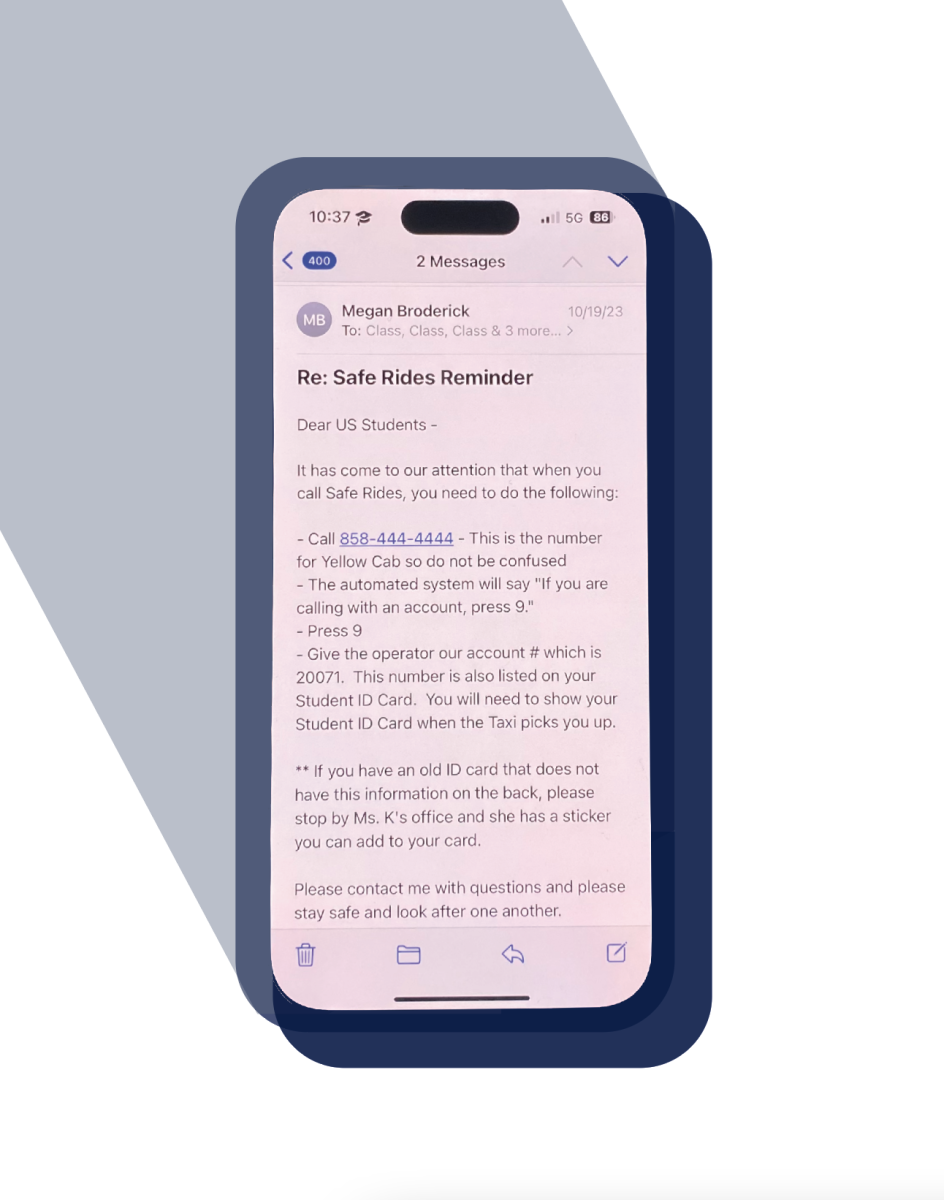

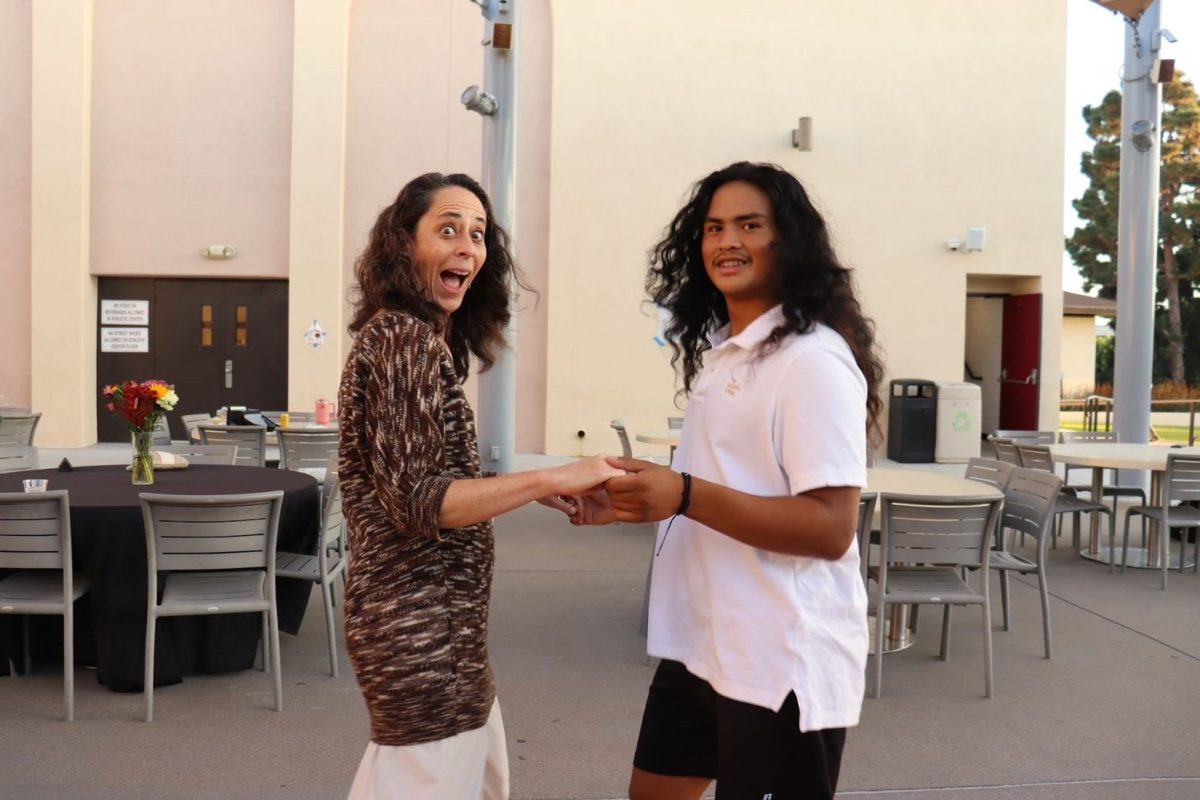
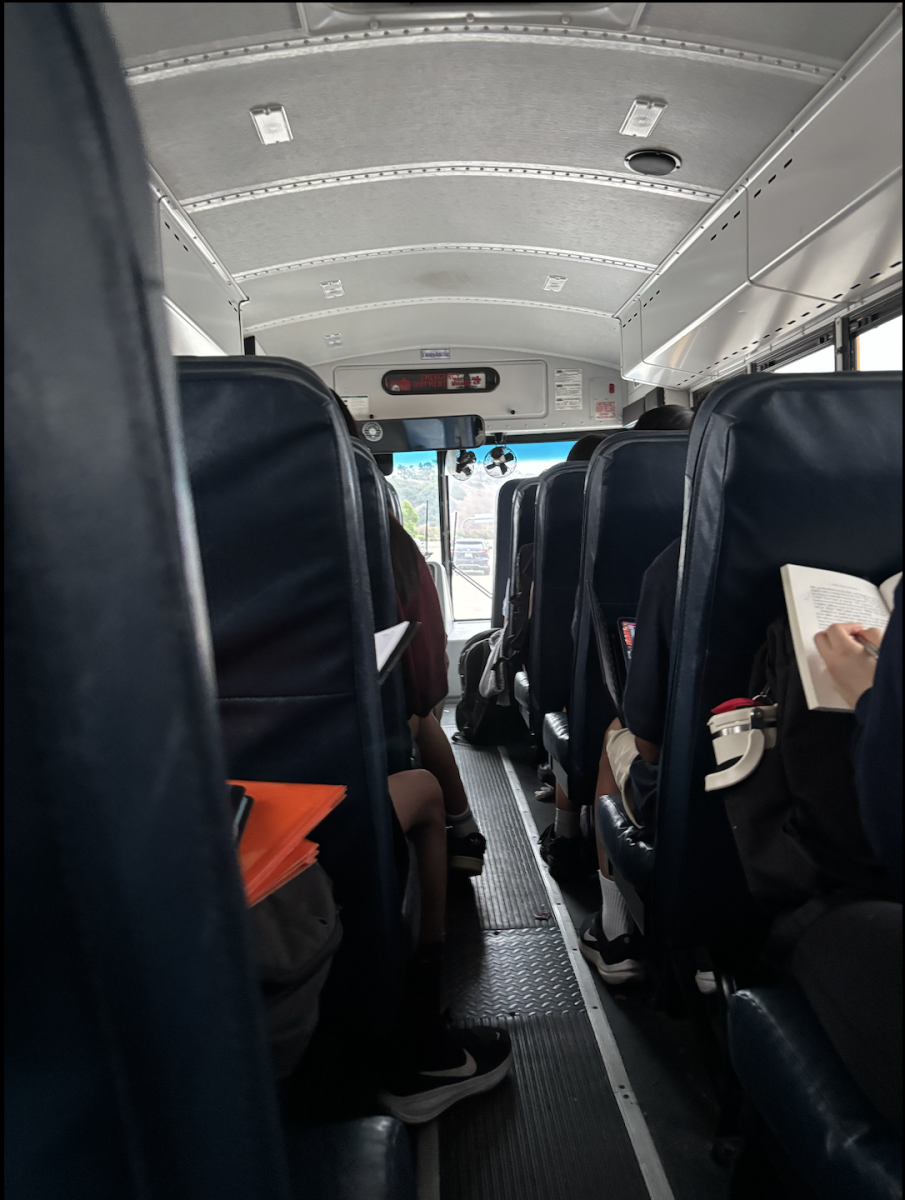
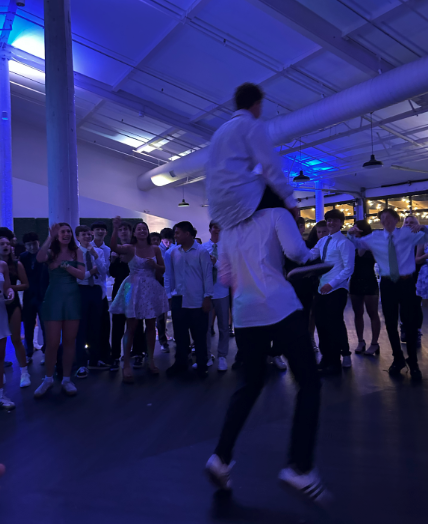
![(from left to right) Nathaniel Hendrickson (‘31), Benjamin Hill (‘31), and Cameron Sibley (‘31) are all smiles as they pet Brady, Ben’s spotted dog, who was blessed. “[Brady] was very excited and happy to be there,” he said.](https://thebishopstower.com/wp-content/uploads/2025/10/Screenshot-2025-10-13-at-8.45.50-AM-1200x899.png)
